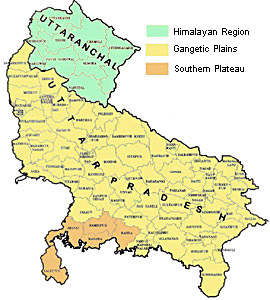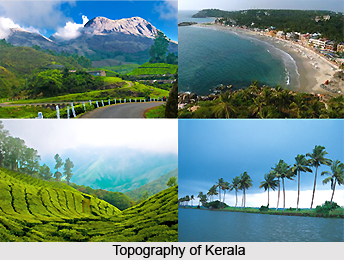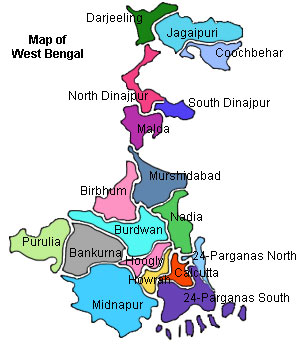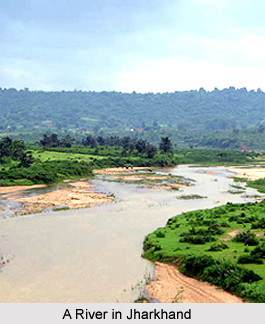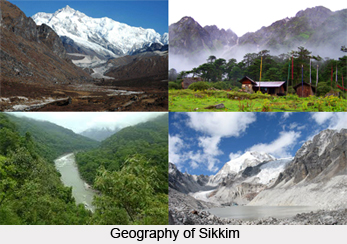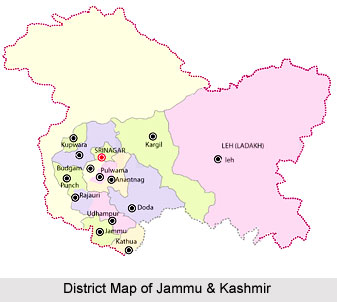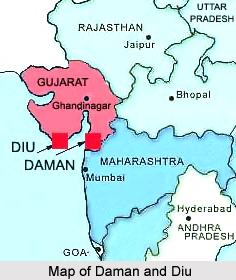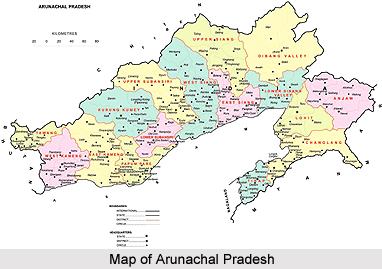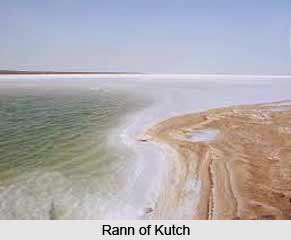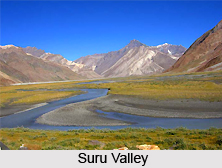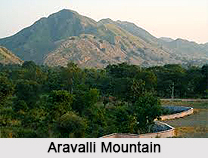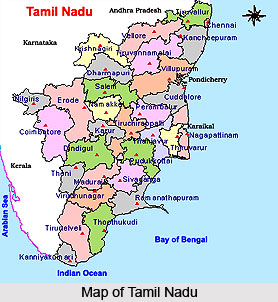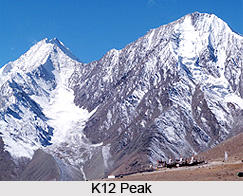 K12 peak is one of the Indian peaks that rise high in the Saltoro Mountains, a sub range of the Karakoram Range in an Indian controlled area. It is also the second highest peak in the Saltoro Mountains. The name of the peak comes from its designation given during the original survey of the Karakoram Range.
K12 peak is one of the Indian peaks that rise high in the Saltoro Mountains, a sub range of the Karakoram Range in an Indian controlled area. It is also the second highest peak in the Saltoro Mountains. The name of the peak comes from its designation given during the original survey of the Karakoram Range.
Location of K12 Peak
It lies near the uncertain border between the Northern Areas of Pakistan and the Kashmir region of India. K12 stands to the southwest of the Siachen Glacier; the K12 glacier heads on its northeast slopes and feeds the Siachen. The western slopes of K12 peak drain to the Bilafond Glacier system, and then to the Dansam River, and eventually the Indus River.
Climbing History of K12 Peak
K12 peak offers little climbing activity, partly because of the unsettled political situation and the continued military presence in the area. It was first attempted in 1960, after a reconnaissance visit by famed explorer Eric Shipton in 1957. After a further unsuccessful attempt by a Japanese party in 1971, another Japanese expedition put two climbers, Shinichi Takagi and Tsutomu Ito, on the summit. Unfortunately they fell and died on the descent, and their bodies were not recovered. Another Japanese mission returned in 1975 and made the second ascent. In 1984 the Indian Army took control of K12 peak as part of its plan to block any claims on the Siachen Glacier by Pakistan on the undemarcated portion of the Line of Control. No succeeding climbs or attempts are recorded about K12 peak in the Himalayan Index.
This article is a stub. You can enrich by adding more information to it. Send your Write Up to content@indianetzone.com
